Background
What is Leadership? Leadership is a term that describes an approach to getting a person or group of people from point A to point B. It often sits alongside the term management.
These two terms together are 2 different ways to get a person or a team from point A to point B. Both have their upsides and downsides. Each should be used at the correct time, with the correct person in the correct situation.
Leadership and management are 2 different ways to get a person or a team from point A to point B. Both have their upsides and downsides. Each should be used at the correct time, with the correct person in the correct situation. Share on X
If you search on the web for what is leadership or the differences between leadership and management, you will find numerous opposing views of what the differences are. This article aims to describe what leadership is.
Management is more directional in its approach – i.e. telling or instructing people what to do. Leadership is much more about influence. Here are 2 ways to describe the differences.
“Managers have subordinates and those people do what they do because they are told to do it. Leaders have followers and those people to what they do because they want to do it.”
“You manage things, but you lead people.”
What is Leadership?
Based on the principle above we can begin to answer the question of what is leadership. Leadership is about generating a willingness or want in people to come on a journey with you. This might be to help and support you in a project or a team member hitting their goals, targets and objectives.
Leadership is about influencing people to want to do these things. In order to do this, the people who are being led should:
- Feel sufficiently motivated – they should have a positive attitude toward the tasks and feel energised to move toward the end goal. The leader should understand what is important to each of the people being led and also what drives them. The leader should then use this information to drive forward momentum.
- Feel sufficiently inspired – the positivity of the leader should have a positive effect on those being led. The leader should demonstrate the attitude and behaviours that they want those following to demonstrate too. The leader has a significant influence over those being led as they will look to the leader for guidance on this and in essence, will replicate the leader’s attitude and behaviour.
- Feel sufficiently engaged – the people being led should understand the reason for achieving the end result and understand what their individual part is in achieving it. They should also feel like they have had some input into the decision-making process of how to get there. The leader should provide a strong enough vision that describes the end result, then invite ideas from those involved on how they think they should get there.
The leader has a responsibility for ensuring all 3 of the above are achieved. If one is missing, the other 2 are not being achieved either.
The Role of the Leader
Alongside understanding what is leadership (the function), what about the person leading (the person or leader)? The leader has a number of things that they are responsible for. These are well described in the 6 Foundations of Leadership:
- Attitude – the leader has responsibility for ensuring they have the right attitude toward leadership and the task at hand. They must ensure they ‘show up’ every day and choose to be a leader. They have responsibility for providing the vision and embedding the team’s values.
- Understanding – the leader needs to understand the people they are leading. This includes understanding each team members strengths and areas for improvement, personality and motivational drivers. The leader needs to understand the impact of cultural differences and also use the diversity of the team as an advantage.
- Relationships – the leader needs to bond with those that they are leading – being seen as someone that others would like to follow. They also need to help a group of people bond to form a team if indeed they are leading a team. The leader needs to manage conflicts that arise, but more importantly, work proactively to reduce conflict from occurring in the first place.
- Team – the leader has responsibility for building the team – ensuring they have the right people in the team to get to the end result. Good leaders will understand that they cannot be good at everything and should bring in expertise to fill the void left by their own gaps in knowledge, skills and experience.
- Performance – the leader has the responsibility for clearly communicating the end goal that is to be achieved, setting milestones and monitoring to check progress. They should also ensure that people are sufficiently motivated to achieve these goals and manage underperformance and reward achievement when appropriate.
(c) Revolution Learning and Development Ltd – The Foundations of Leadership.
Leadership Skills
Leaders require a broad collection of skills in order to be effective in this position. Essentially, if you can think of a skill, you are going to need it. Chief among them though would be:
- Influencing skills
- Communication skills
- Coaching skills
- Time Management and organisational skills
- Conflict management
- Team development skills
- Motivational skills
- Questioning skills and listening skills
- Self-awareness and emotional intelligence
- Assertiveness skills
Leaders require a broad collection of skills in order to be effective in this position. Essentially, if you can think of a skill, you are going to need it. Share on X
Further Learning
If you wish to find out more about leadership, explore the what is leadership question further and develop your own leadership skills, you may find a leadership skills training course will help. Take a look at our Leadership Skills Training course for more details.





